Should software development teams bother about Objectives and Key Results (OKR), or is it just a fancy term for another performance evaluation metric? Let’s clear this right away: the OKR approach is not task or to-do checklists, or performance evaluations; it is not the same as software development KPIs or MBOs, and it definitely is not a project management target. Despite the perception that executives are the only ones who should worry about OKRs, a well-planned and strategically written OKR — when tied to business outcomes — will have an impact on software development teams. Why? Because an OKR approach …
This website uses cookies so that we can provide you with the best user experience possible. Cookie information is stored in your browser and performs functions such as recognising you when you return to our website and helping our team to understand which sections of the website you find most interesting and useful.

